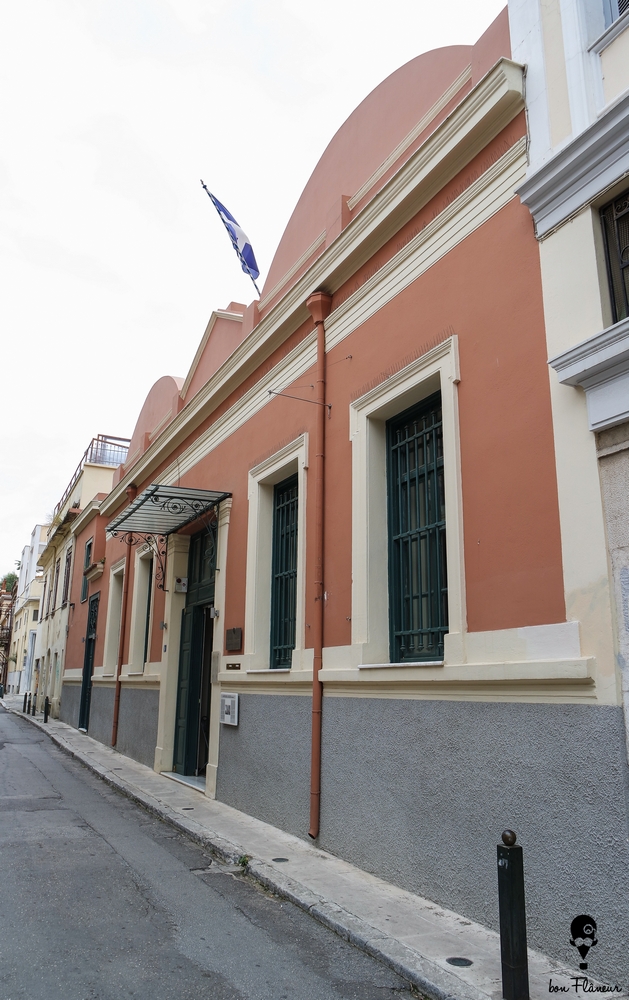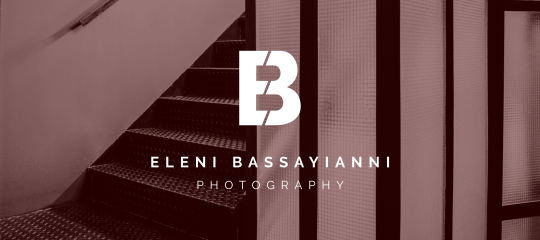Bath of Aerides
The Bath of Aerides is the only surviving public bath of the Ottoman period in Athens.
Location
Timeline
Modern and Contemporary era (1821 - )
From the beginning of the 20th century until 1965 it functioned as a municipal bath.
1984 It belongs to the Museum of Greek Folk Art.
1999 Restored and operated as a museum.
Ottoman era (1453- 1821)
Constructed during the first Ottoman period (1453- 1667).




Share